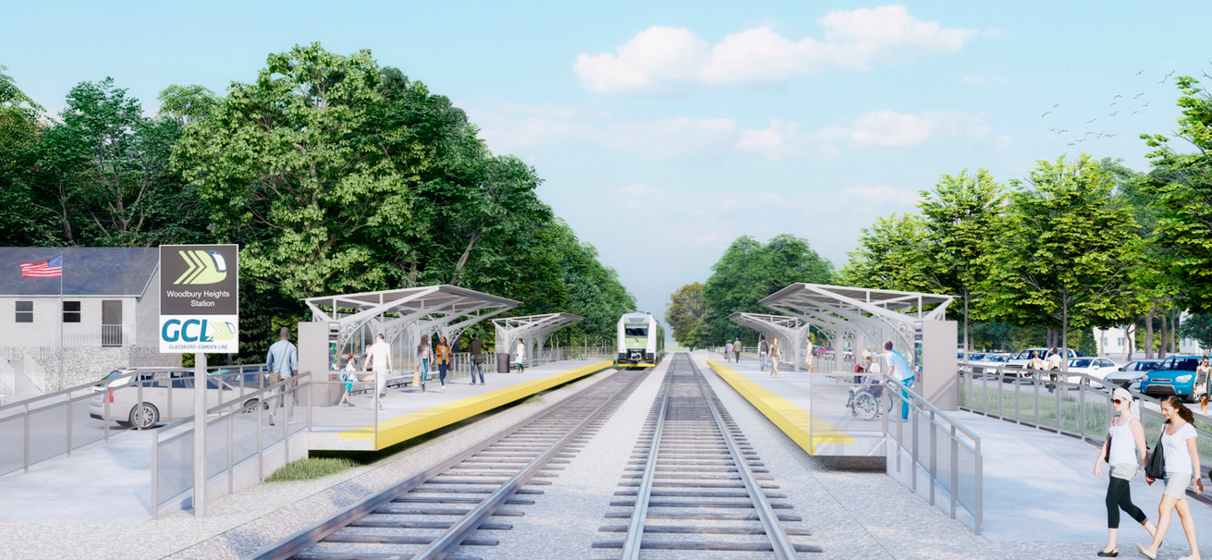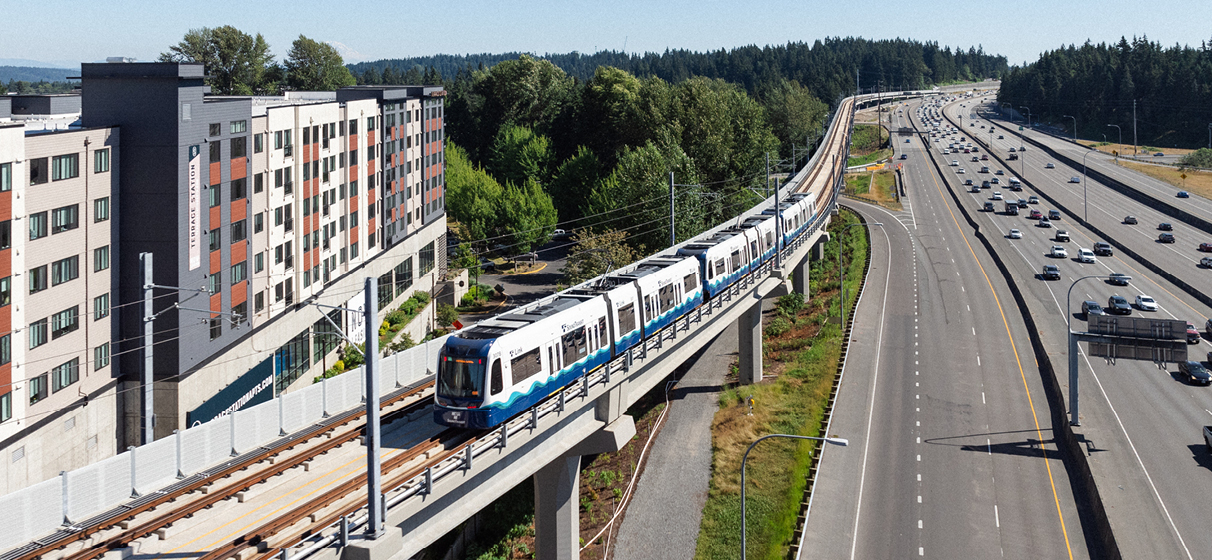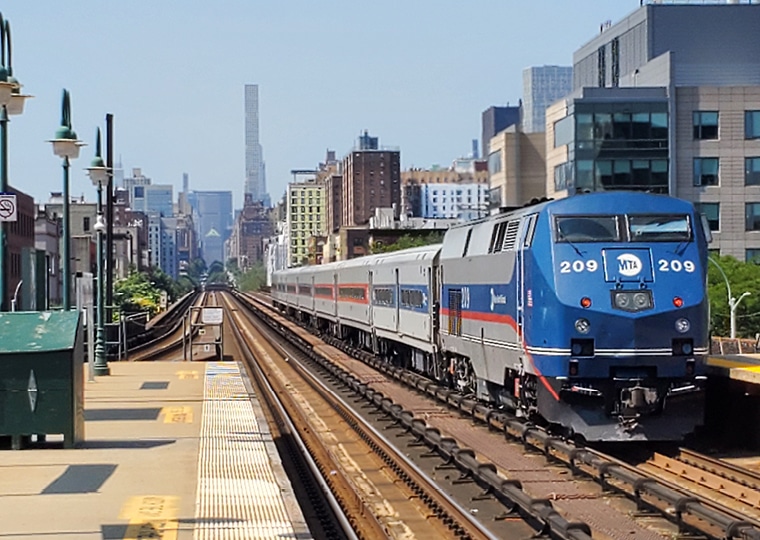The Glassboro-Camden Line (GCL), an 18-mile passenger rail corridor that will connect the Borough of Glassboro in Gloucester County and the City of Camden, NJ, in Camden County, stands to revolutionize how residents move, work and live across the region. Its planning and development are a testament to long-standing relationship building and robust community outreach that was conducted with a goal of improving access and equity for growing communities in Southern New Jersey.
The project, for which NJ TRANSIT recently assumed the role of “Agency of Record,” would reintroduce passenger rail to a corridor between that is currently used to move freight. The GCL would traverse 11 communities, providing regional transit access for residents to businesses, educational institutions and medical centers.
STV, which is currently performing preliminary engineering and design services in a joint venture, has been involved with this effort since 2003. In that span, our team conducted outreach with the public, elected officials, municipalities, nearby universities and hospitals, and stakeholders for feedback on the proposed project and station areas. The process was instrumental in decision-making, including selecting station locations that supported neighborhood plans and provide easy access to residents. Key to our approach was the concerted effort we made to listen to residents from all walks of life, including those from traditionally marginalized communities.
STV completed the Environmental Impact Study (EIS) in 2021. The environmental justice analysis found that GCL would improve accessibility for low-income, minority and transit-dependent populations. The corridor is characterized by older, densely populated communities, as well as major employment and activity centers including medical and educational facilities. Existing connections to these destinations are currently primarily accessible by car.
In introducing a transit option, the region anticipates various benefits for both riders and the wider Southern New Jersey community. These benefits could include improved travel time, reduced auto emissions, congestion alleviation, improved quality of life and greater access to all businesses and other essential destinations.
Additionally, new transit access would benefit commuters with high transportation costs, especially those from lower-income communities and communities of color historically affected by lack of public transit access. Stations and trains would be compliant with Americans with Disabilities Act standards, including ramps, elevators, well-illuminated accessible paths, and level boarding. Trains will feature priority seating and offer assistance for passengers who are visually or hearing impaired.
The EIS identified avoidance measures and proposed mitigation for potential environmental consequences. To address noise concerns, all at-grade crossings would be designed with four-quadrant gates or raised medians. These safety enhancements would enable towns to apply for quiet zone designation. In a quiet zone, train operators would not have to sound horns at crossings, thus reducing noise while maintaining robust safety standards.
As the project team works to move the Glassboro-Camden Line from blueprint to reality, designs will be refined, outreach will continue and communities throughout the corridor will have additional opportunities for input.










